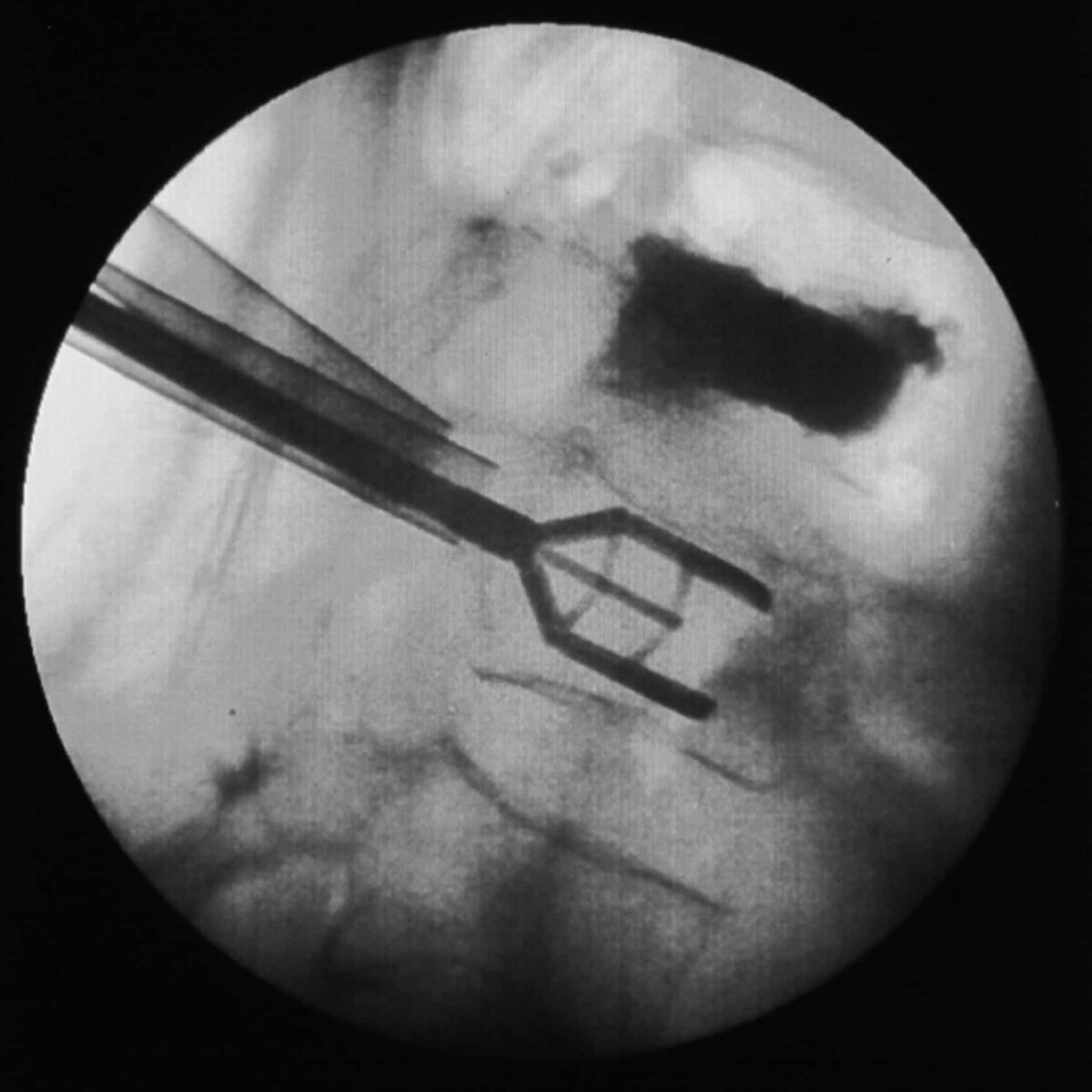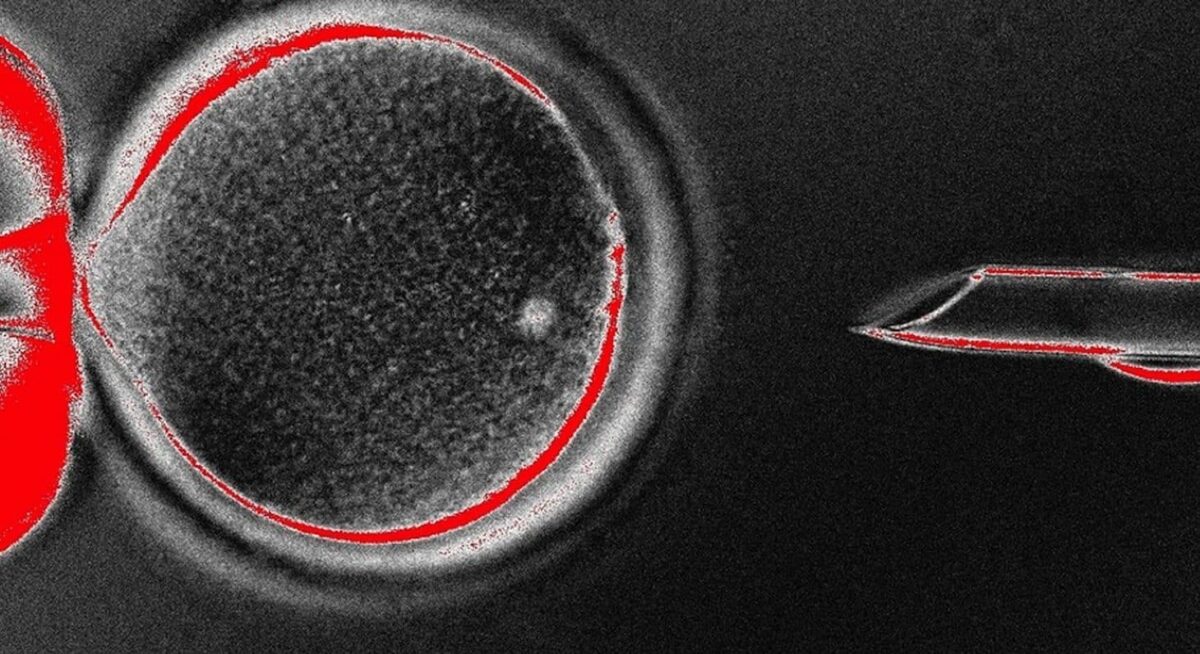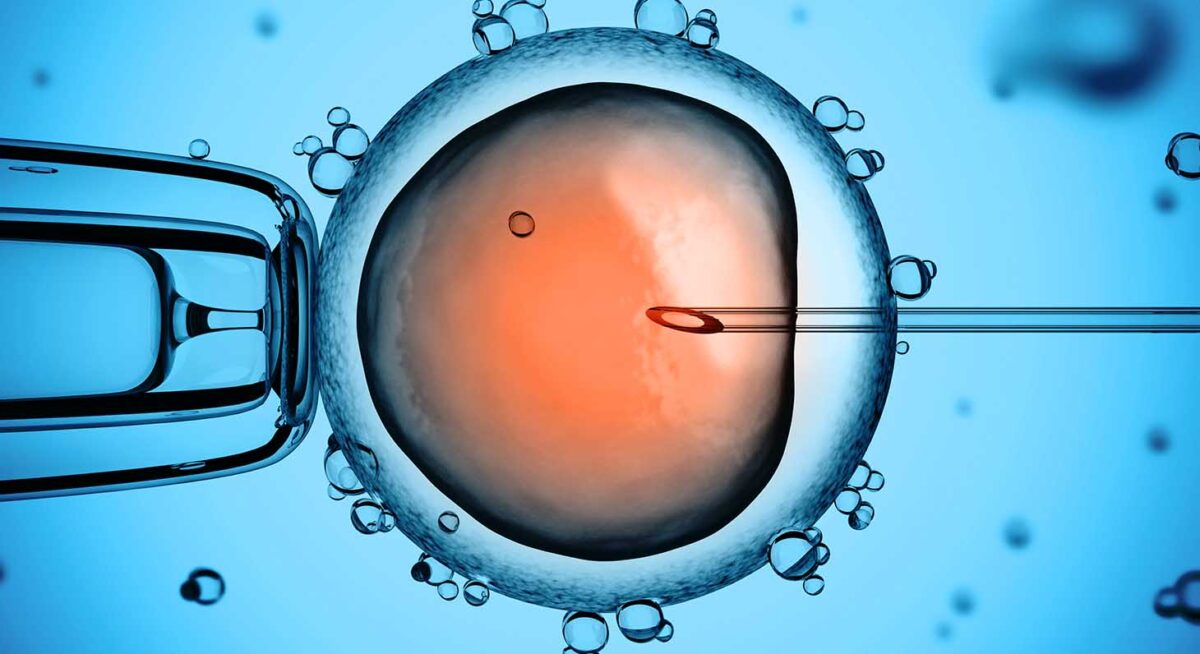Pain Management Doctors in Staten Island
A king’s ransom to whoever has been pain-free their entire life. Even though most of us dread pain in any form, this unpleasant sensation is in fact a normal and, in many cases, a desired warning mechanism.
What is pain and why is it good (sometimes)?
According to the International Association for the Study of Pain, pain is: “an unpleasant sensory and emotional experience associated with actual or potential tissue damage”. In other words, pain, although an uncomfortable feeling, serves as a warning mechanism that tells the body something might be wrong.
In order for the warning mechanism to work, our organisms must be equipped with highly sensitive nerves that detect potentially dangerous changes in pressure, temperature, or chemical balance and send information about these to the brain.
Imagine a situation where you are about to touch an extremely hot pot lid. As you extend your hand and begin to grip the lid, the nerves on your fingertips (peripheral nervous system or PNS) immediately alert your brain (central nervous system or CNS) that the temperature of the object is so high that it can cause damage to the tissue. The brain then commands your hand to halt the action right there, in order to prevent the injury. You involuntarily withdraw your hand and drop the lid. It all takes a fraction of a second and prevents the tissue – your skin – from getting burned.
Pain is a complex and sophisticated protective mechanism. That being said, we must remember that sometimes the body’s alert systems don’t work properly or that an injury led to damage so severe that the body is in a prolonged or constant state of pain.
Such a situation is abnormal and one should always consult a pain management doctor without delay. This can prevent further, potentially irreversible, damage to the body and ease the emotional distress that comes from living in excruciating pain.
Pain is personal
Pain is a very subjective feeling. That means that people experience pain, even the same type of pain, differently, and no one can know exactly what somebody else’s pain feels like. Because everyone can experience pain in a way unique to them, diagnosis and treatment of pain is a challenge to pain doctors.
Many pain clinics focus on treating symptoms and relieving pain. In contrast, at Anagenesis Spine & Pain Medicine, our pain doctors in Staten Island practice an individualized approach: they concentrate on identifying the source of pain and then determining the most effective and beneficial treatment plan for each particular patient.
What are the different types of pain?
There are several ways to categorize pain but, in most cases, it can be classified as one of two kinds:
- Acute pain: Acute pain occurs suddenly, for example coming immediately after damage to tissue such as bone, muscle or organs, but it has a limited duration. Once the underlying cause of pain is treated and the injury heals, the pain stops. However, if the injury doesn’t heal well and the pain persists, then it may become classified as chronic.
- Chronic pain: With chronic pain, your body continues to send pain signals to your brain, even after the injury heals. This can last from several weeks to years. Headache, postsurgical pain, post-trauma pain, lower back pain, cancer pain and arthritis pain are examples of chronic pain types. Chronic pain is also associated with conditions such as fibromyalgia or osteoarthritis and may be very difficult to manage using standard pain management modalities.
Pain can also be classified by the kind of damage that caused it:
- Nociceptive pain is caused by the stimulation of nociceptors, which are pain receptors distributed throughout the body. When the nociceptors are stimulated by a cut, tear, burn or fracture, they send electrical signals to the brain (“alarm the brain”) causing us to feel pain. Most types of injury or inflammation result in nociceptive pain.
- Neuropathic (nerve-based) pain results from damage to or dysfunction of the nervous system (central or peripheral) caused by accidents, injury, disease, or infection. Neuropathic pain is not the direct result of any event or injury, but the body sends unprompted pain signals to the brain, anyway.
Our pain management doctor in Staten Island knows that recognizing the right kind of pain is vital for successful pain management. Knowing what kind of pain the patient is experiencing helps to understand the idiosyncrasies and challenges of the particular case and plays an important part in providing the most effective, and adequate treatment.
What is Pain Management
The American Board of Pain Medicine defines pain medicine/pain management (also referred to as algiatry) as a branch of medicine that is concerned with the prevention of pain, and the evaluation, treatment, and rehabilitation of persons in pain.
Modern pain management doctors – including our Staten Island pain medicine practice – employ an interdisciplinary approach for easing the suffering and improving the quality of life of those living with all types of pain.
The purpose of Pain Management
Pain, and especially chronic pain, may negatively impact a person’s everyday function. Personal, social and professional life may be negatively affected by both acute and chronic pain, regardless of its cause. Stress and emotional trauma associated with experiencing debilitating pain may further impede recovery from the injury or disease.
Proper pain management results in faster recovery and significantly enhances a person’s quality of life. On the other hand, poorly managed pain may become a syndrome on its own and cause a downturn in a person’s emotional and physical health.
Sometimes it is impossible to eliminate pain completely and in such instances, our pain management doctors in Staten Island turn their focus to minimizing pain. By making pain bearable, and improving functions of body parts affected by pain, patients can regain physical independence and get back to their daily routines, activities and professional life.
Pain Management Procedures
At Anagenesis Spine & Pain Medicine, our Board Certified Spine & Pain doctors in Staten Island offer the most comprehensive pain management programs combining different modalities to help alleviate pain. Depending on your specific condition, our doctor will discuss with you the following procedures:
- Interventional Treatments
- Cervical Epidural Steroid Injection
- Lumbar Epidural Steroid Injections
- Discography
- Facet Joint Injections
- Medial Branch Blocks
- Radiofrequency Ablation
- Sacroiliac Joint Injection
- Regenerative Medicine
- Platelet Rich Plasma Injection
- Stem Cell Procedures
- Same Day Surgical Treatment
- Endoscopic Discectomy
- Endoscopic Rhizotomy
- Kyphoplasty
Learn more about Pain Management in Staten Island
There is no need to live in chronic pain!
We treat every patient as an individual who requires specialized care. We take time to listen to our patients, to get to know the conditions they suffer from inside and out, to know their everyday life challenges.
Only this approach allows us to properly diagnose and treat pain. Rest assured that each procedure and treatment plan will be explained and discussed with you in detail.
Anagenesis and Spine & Pain Medicine is your pain management clinic in Staten Island. Your well-being is our priority. Our pain specialists always focus on the correct diagnosis, and the most effective and, if possible, the least invasive procedures. Contact us today at 212 – 235 – 1265.
The material contained on this site is for informational purposes only and DOES NOT CONSTITUTE THE PROVIDING OF MEDICAL ADVICE, and is not intended to be a substitute for independent professional medical judgment, advice, diagnosis, or treatment. Always seek the advice of your physician or other qualified healthcare providers with any questions or concerns you may have regarding your health.











